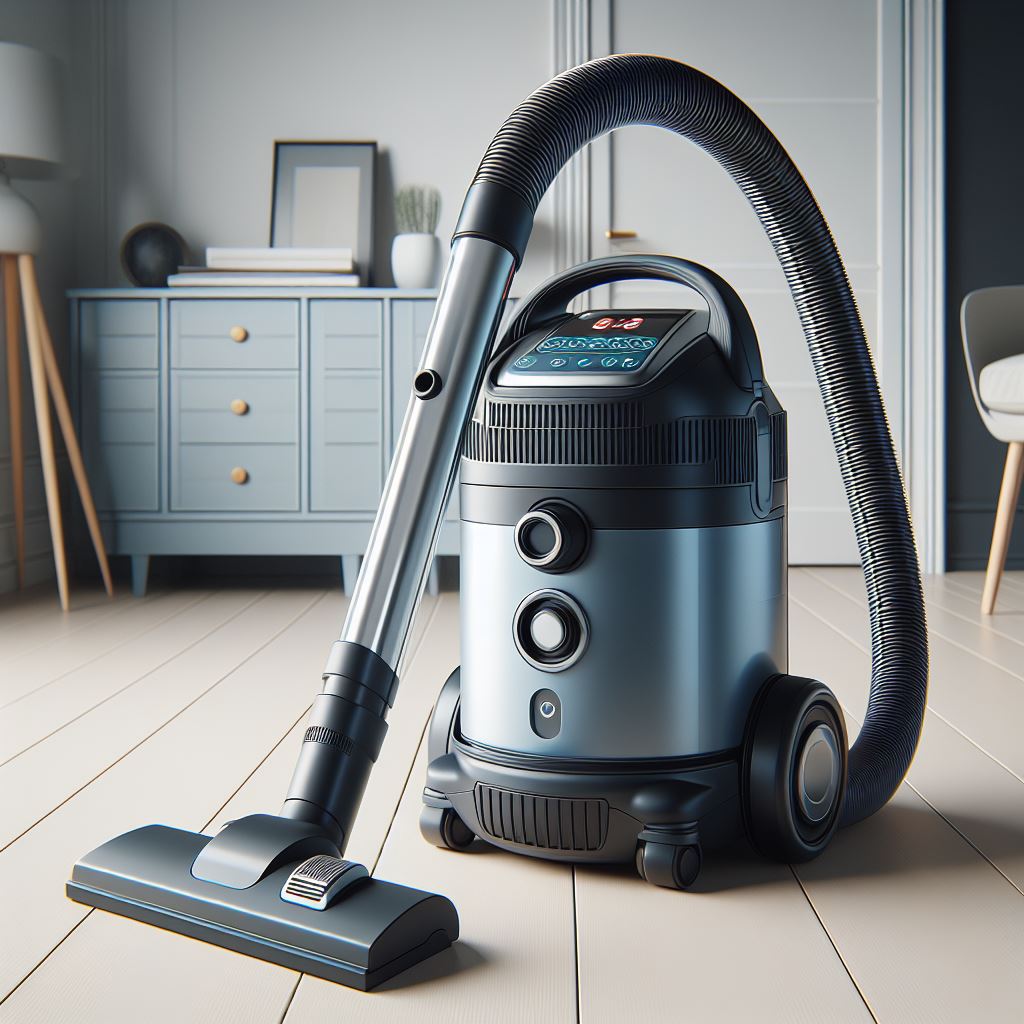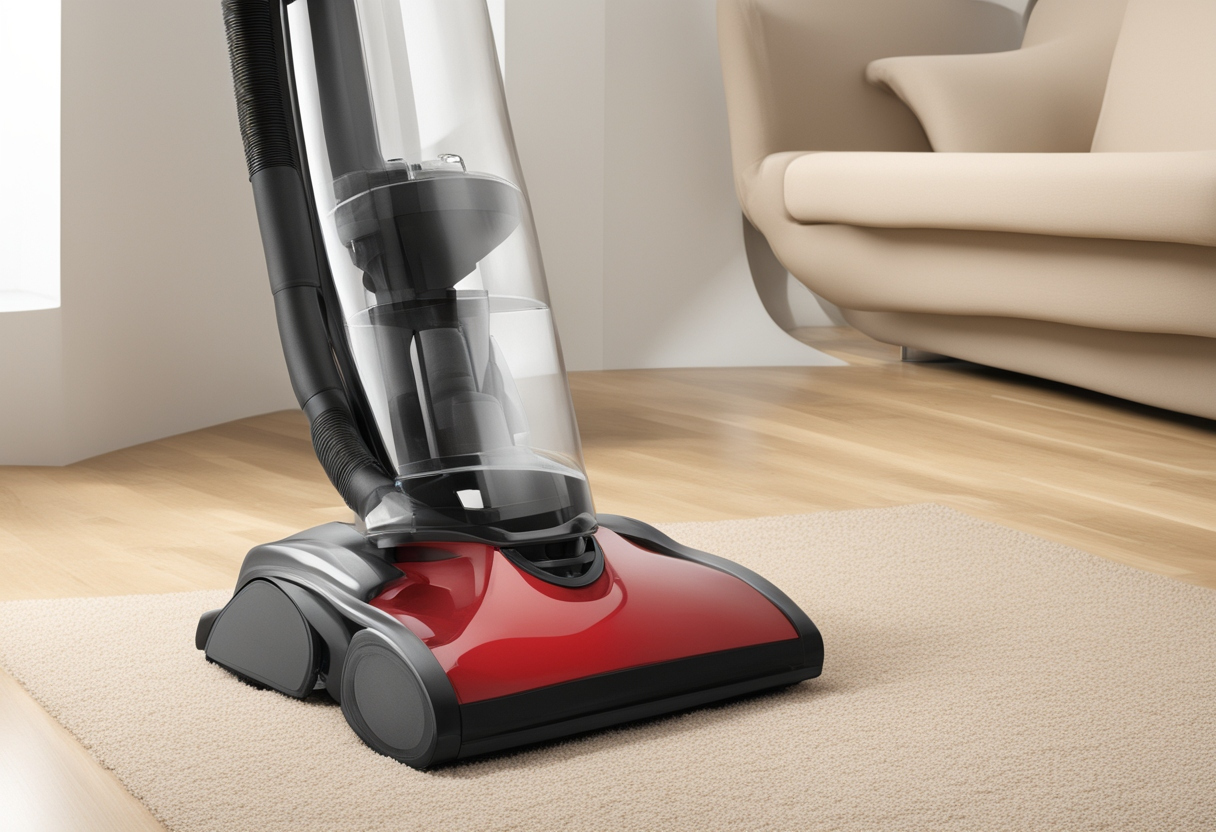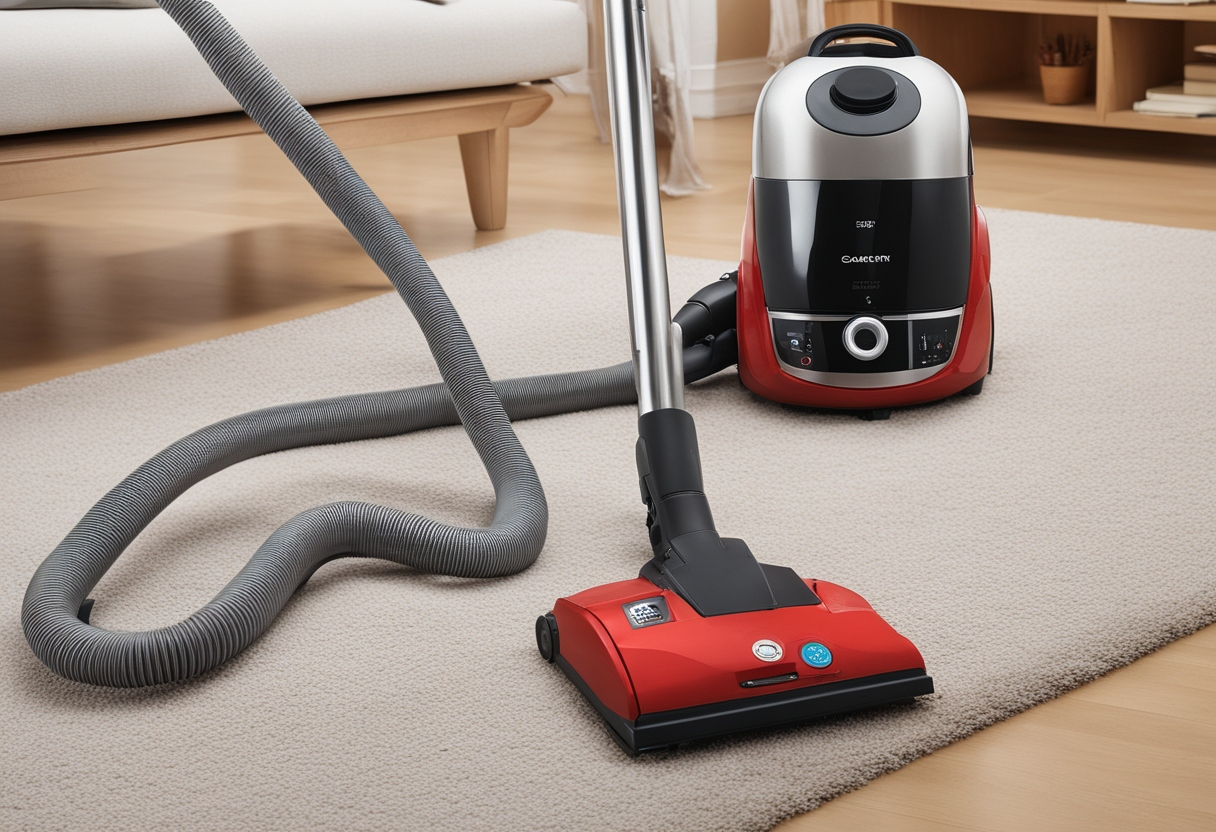The Role of MLCC in Vacuum Cleaner

Multilayer Ceramic Capacitors (MLCCs) are essential components in modern vacuum cleaners, playing a crucial role in their electronic circuits. These capacitors are used for various purposes, including filtering, decoupling, and energy storage, making them integral to the performance and functionality of vacuum cleaners.
One of the primary functions of MLCCs in vacuum cleaners is filtering. They help in smoothing out the voltage supplied to different components, ensuring stable and reliable operation. Additionally, MLCCs are used for decoupling, which involves isolating different parts of the circuit to prevent interference and ensure optimal performance.
Energy storage is another critical function of MLCCs in vacuum cleaners. They store energy temporarily and release it when needed, helping to maintain the overall efficiency of the vacuum cleaner’s electronic system.

Benefits of MLCCs in Vacuum Cleaners
Multilayer Ceramic Capacitors (MLCCs) offer several benefits that make them ideal components for use in vacuum cleaners. These benefits contribute to the overall performance, reliability, and energy efficiency of vacuum cleaners. Here are some key advantages of using MLCCs in vacuum cleaners:
High Capacitance: MLCC offer high capacitance values in small, compact sizes. This allows designers to use fewer components while still achieving the desired capacitance, saving space and reducing the overall size of the vacuum cleaner.
Low ESR and ESL: MLCCs have low Equivalent Series Resistance (ESR) and Equivalent Series Inductance (ESL), which means they can handle high-frequency signals with minimal loss. This is important for maintaining the efficiency and performance of the vacuum cleaner’s electronic circuits.
Reliability: MLCCs are known for their reliability and long lifespan. They can withstand high temperatures, vibrations, and other environmental factors commonly encountered in vacuum cleaner applications, ensuring the vacuum cleaner operates smoothly for an extended period.
Stability: MLCCs offer excellent stability over a wide range of temperatures and operating conditions. This stability is crucial for maintaining the vacuum cleaner’s performance and preventing malfunctions.
Energy Efficiency: MLCCs contribute to the energy efficiency of vacuum cleaners by helping to regulate and store energy. This ensures that the vacuum cleaner operates efficiently, reducing energy consumption and lowering operating costs.
Cost-Effectiveness: Despite their high performance and reliability, MLCCs are cost-effective compared to other capacitor types. This makes them a preferred choice for vacuum cleaner manufacturers looking to balance performance and cost.
MLCC Specifications for Vacuum Cleaners
When selecting Multilayer Ceramic Capacitors (MLCCs) for vacuum cleaner applications, several key specifications must be considered to ensure optimal performance and reliability. Here are the important MLCC specifications for vacuum cleaners:
Capacitance: MLCCs are available in a wide range of capacitance values, typically ranging from picofarads (pF) to microfarads (μF). The capacitance value required for a vacuum cleaner depends on the specific circuitry and application, such as filtering or decoupling.
Voltage Rating: The voltage rating of an MLCC indicates the maximum voltage the capacitor can safely withstand. It is essential to select an MLCC with a voltage rating that exceeds the maximum voltage in the vacuum cleaner’s circuit to prevent damage or failure.
Temperature Coefficient: MLCCs have a temperature coefficient that indicates how their capacitance changes with temperature. For vacuum cleaners, it is important to choose MLCCs with a stable temperature coefficient to ensure consistent performance across a wide temperature range.
Size and Package: MLCCs are available in various sizes and packages, including surface-mount and through-hole configurations. The size and package of the MLCC should be chosen based on the space constraints and assembly requirements of the vacuum cleaner.
Tolerance: The capacitance tolerance of an MLCC indicates the allowable deviation from the specified capacitance value. It is important to choose MLCCs with a tight tolerance to ensure precise capacitance matching in critical circuits.
Dielectric Material: MLCCs use different dielectric materials, such as X7R, X5R, and C0G, each offering different characteristics in terms of temperature stability, capacitance variation, and voltage dependency. The dielectric material should be selected based on the specific requirements of the vacuum cleaner application.
ESR and ESL: Equivalent Series Resistance (ESR) and Equivalent Series Inductance (ESL) are important parameters that affect the performance of MLCCs in high-frequency applications. Low ESR and ESL values are desirable for vacuum cleaner circuits to minimize power loss and signal distortion.
By carefully considering these MLCC specifications, designers and engineers can select the right components to ensure the optimal performance, reliability, and efficiency of vacuum cleaners.

Comparative Analysis: MLCCs vs. Other Capacitor Types in Vacuum Cleaners
When designing vacuum cleaners, engineers have several options for capacitors, each with its advantages and disadvantages. Two common types are Multilayer Ceramic Capacitors (MLCCs) and electrolytic capacitors. Let’s compare these two types based on key criteria:
Size and Form Factor:
MLCCs: MLCCs are compact and available in small sizes, making them suitable for applications where space is limited, such as in portable vacuum cleaners.
Electrolytic Capacitors: Electrolytic capacitors are larger and bulkier compared to MLCCs, which can limit their use in compact vacuum cleaner designs.
Capacitance:
MLCCs: MLCCs offer a wide range of capacitance values, making them suitable for various applications in vacuum cleaners, from power filtering to signal coupling.
Electrolytic Capacitors: Electrolytic capacitors typically have higher capacitance values compared to MLCCs, which can be advantageous for applications requiring large energy storage.
Voltage Rating:
MLCCs: MLCCs are available in a wide range of voltage ratings, suitable for different voltage requirements in vacuum cleaner circuits.
Electrolytic Capacitors: Electrolytic capacitors also come in various voltage ratings, but they are often used for higher voltage applications compared to MLCCs.
Temperature Stability:
MLCCs: MLCCs offer good temperature stability, allowing them to perform reliably across a wide temperature range.
Electrolytic Capacitors: Electrolytic capacitors are more sensitive to temperature variations compared to MLCCs, which can affect their performance in vacuum cleaner applications.
ESR and ESL:
MLCCs: MLCCs have low Equivalent Series Resistance (ESR) and Equivalent Series Inductance (ESL), making them suitable for high-frequency applications in vacuum cleaners.
Electrolytic Capacitors: Electrolytic capacitors have higher ESR and ESL compared to MLCCs, which can impact their efficiency in high-frequency circuits.
In conclusion, both MLCCs and electrolytic capacitors have their advantages and disadvantages in vacuum cleaner applications. MLCCs are preferred for their compact size, wide range of capacitance values, and low ESR and ESL, making them suitable for various circuits in vacuum cleaners. Electrolytic capacitors, on the other hand, are preferred for their higher capacitance values and voltage ratings, but their larger size and higher ESR and ESL can limit their use in certain vacuum cleaner designs.
